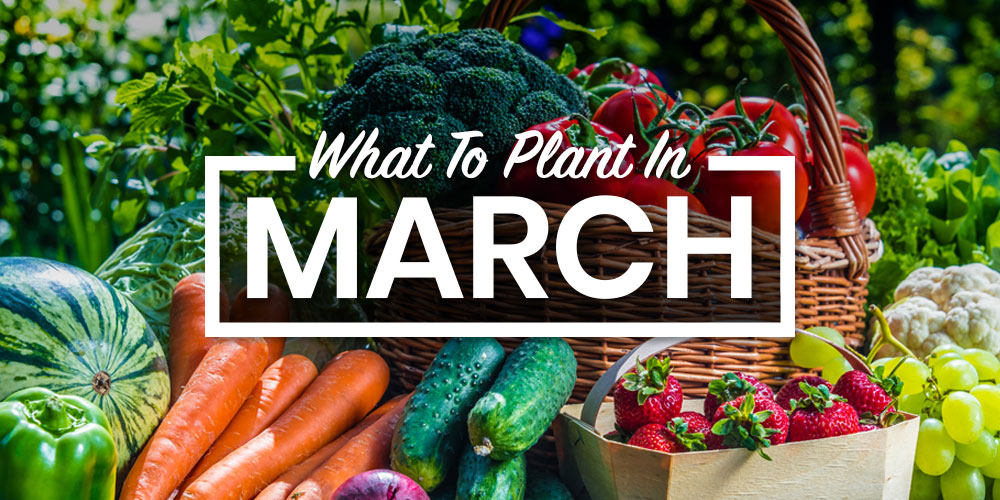
NAVIGATION
March can be a finicky but rewarding planting time as the seasons are changing rapidly. Some weeks are colder while others are warmer, and this will impact your decision about what to plant in March. I’ve found that there are many factors that can influence March planting, such as climate, space, and personal taste, but my chart below will help make the decision process a little easier when choosing what vegetables to grow in March.

Hi, I’m Ryan
March is an exciting period of time on my homestead, especially here in the Carolinas, as it heralds the beginning of planting season! With the arrival of milder spring weather, I dedicate a significant portion of my free time to tending to my garden beds.

Are You Wondering What To Plant In March?

As I mentioned above, the growing conditions in March fall into the categories of cooler and warmer phases, each influencing the types of crops to plant in March.
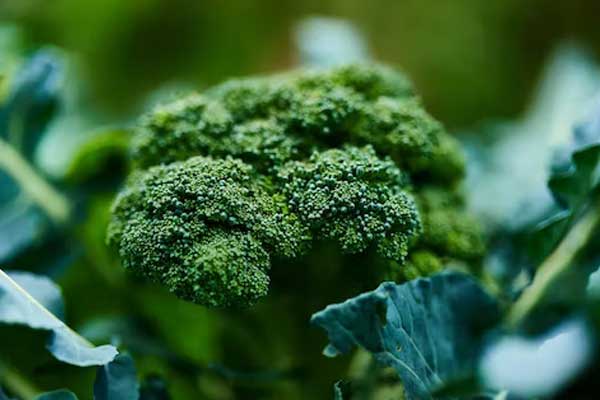
| Vegetables | Planting Date | How To Sow |
|---|---|---|
| Lettuce | March 1 | Direct Sow |
| Peppers | March 1 | Seedling |
| Spinach | March 1 | Direct Sow |
| Kale | March 1 | Direct Sow |
| Swiss Chard | March 1 | Direct Sow |
| Beets | March 1 | Direct Sow |
| Leeks | March 1 | Seedling |
| Potatoes | March 15 | Direct Sow |
| Asparagus | March 15 | Direct Sow |
| Eggplant | March 31 | Seedling |
| Onions | March 31 | Direct Sow |
| Cabbage | March 31 | Seedling |
| Radishes | March 31 | Direct Sow |
| Carrots | March 31 | Direct Sow |
| Cauliflower | March 31 | Seedling |
| Peas | March 31 | Direct Sow |
| Broccoli | March 31 | Seedling |
| Tomatoes | March 31 | Seedling |
In the cooler early days of March, I recommend sowing seeds or transplanting seedlings of leafy greens like lettuce, spinach, kale, and Swiss chard. I’ve found that planting carrots, radishes, potatoes, and beets in early March also leads to a robust harvest.
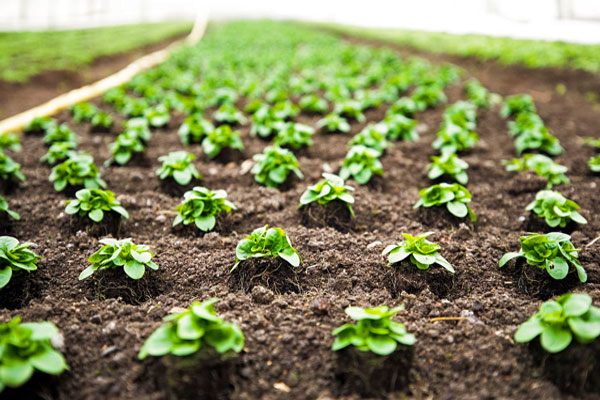 When prepping to plant outside, remember that the soil becomes more conducive to warm-season crops as the weather gets warmer towards the end of March. So once the temperature rises a bit, I start planting seeds and seedlings of tomatoes, broccoli, carrots, radishes, cabbage, onions, cauliflower, and eggplants for a head start on the growing season. By the final weeks of March, the weather is usually mild enough that I can plant peas directly into my garden.
When prepping to plant outside, remember that the soil becomes more conducive to warm-season crops as the weather gets warmer towards the end of March. So once the temperature rises a bit, I start planting seeds and seedlings of tomatoes, broccoli, carrots, radishes, cabbage, onions, cauliflower, and eggplants for a head start on the growing season. By the final weeks of March, the weather is usually mild enough that I can plant peas directly into my garden.
The point is that by simply yet strategically observing the soil’s readiness and understanding the different weather phases of March, you can optimize your planting choices and set the stage for a diverse and thriving garden throughout the spring growing season. The vegetables in the chart above come with some flexibility based on the climate of your local area, but these are the dates I find work best for me and many gardeners I know. Below, I’ve added a list of plants I recommend starting indoors in March when it’s still a bit chilly outside.
What Seeds Should I Sow As Part Of My March Planting Guide?

When I’m planning what to start planting in March, I tend to plant a few seeds indoors that require a bit more warmth and growing time. My go-to indoor seedlings include tomatoes, spinach, and broccoli. At the end of the day, it’s going to depend on how cold March is in your area.
What Seeds To Start In March
- Tomatoes
- Peppers
- Eggplants
- Broccoli
- Cabbage
- Cauliflower
- Lettuce
- Spinach
- Kale
- Swiss Chard
- Onions
- Basil
- Cilantro
- Parsley
How Do You Know What Veggies To Plant In March In Your Area?
Deciding what vegetables to plant in March really comes down to knowing your growing zone or plant hardiness zone. I recommend that you take a look at the USDA’s growing zone map, that’s color-coded and divided into different growing climates, which can help you decide what plants and vegetables will be best for you to plant in March based on your location.
Vegetables To Plant In March: Your Taste Matters!
In my chart, I’ve listed a bunch of veggies you can plant in March, giving you lots of variety and options. But don’t forget to take your own taste and cooking style into consideration when deciding what to plant.
I suggest thinking about the recipes you love to make and which veggies you know you or your family will eat when the time comes for harvesting. What are your go-to veggies? I plant a lot of cruciferous veggies because some of my favorite dishes include dehydrated cauliflower and broccoli!
Bottom line — determining which vegetables you will actually enjoy eating will help you narrow down which seeds to plant that best suit your time, space, and taste.
What To Plant In March: Tips For Handling Finicky Weather

Dealing with fluctuating weather when gardening can be challenging, but over the years, I’ve found that there are some solid tips and strategies that help me navigate the unpredictable weather conditions in March and result in a thriving garden no matter the weather.
How To Handle Unpredictable Weather Conditions In March
- Stay informed about local weather patterns and daily low temperatures in your area.
- When starting seeds indoors, gradually expose seedlings to outdoor conditions before transplanting — a process called hardening off. This helps the plants acclimate to temperature changes, reducing the shock risk.
- Add a layer of mulch around your plants to act as an insulator, keeping the soil warmer during cool nights and cooler during warm days.
- If you see that there’s a frost coming, use blankets, burlap, or frost cloth to cover plants overnight.
FAQ: Vegetables To Plant In March

March marks a lively beginning of planting and spring blooms. I’ve explained which vegetables you can plant in March, but you might have some lingering questions (as I did) when first learning about seasonal gardening. I’ve noted my answers to some frequently asked questions about planting vegetables in March.
What Tools Do I Need To Plant In March?
Planting usually entails getting your hands dirty, but I’ve learned that using the proper tools can make the process cleaner and easier.
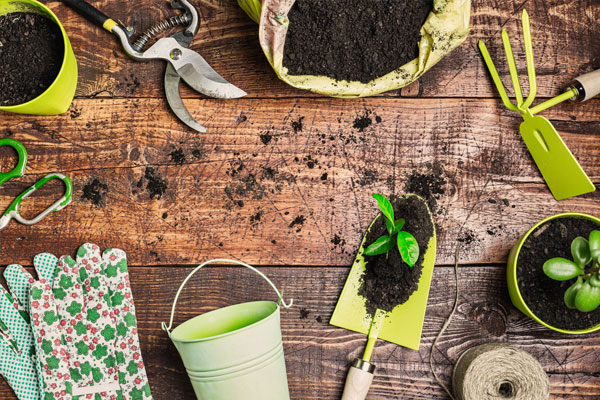 After my favorite pair of gardening gloves, I always grab my trusty pitchfork, shovel, rake, and hand trowel to help prep the newly thawed soil. Then, if you’re diving into seed-starting indoors, think about snagging some seed trays or pots. Once my plants are planted indoors or outdoors, I always keep a watering hose or can nearby for easy access.
After my favorite pair of gardening gloves, I always grab my trusty pitchfork, shovel, rake, and hand trowel to help prep the newly thawed soil. Then, if you’re diving into seed-starting indoors, think about snagging some seed trays or pots. Once my plants are planted indoors or outdoors, I always keep a watering hose or can nearby for easy access.
Importantly, don’t forget to feed them right — organic compost or fertilizer does the trick for my plants, and remember, mulch is your friend for early-season planting in your vegetable garden. Finally, having a frost cloth around will help to protect your plants when there’s an unexpected drop in temperature.
What Happens If I Plant Too Late In March?
Planting too late in March can lead to a slowdown in the growth and maturation of your harvest, particularly for cool-season vegetables. I’ve also learned from experience that there’s an increased risk of plants bolting — prematurely going to seed — which can negatively impact the overall quality of your harvest.
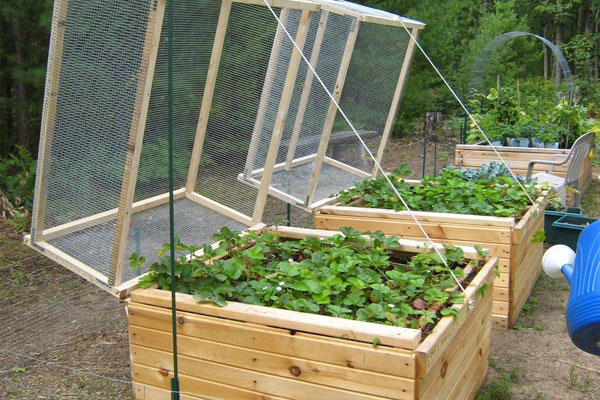 But luckily, you do have options. If you find yourself planting too late, stick to warmer-weather plants or ones meant to be planted later in March, such as eggplant, onions, peas, cabbage, and cauliflower.
But luckily, you do have options. If you find yourself planting too late, stick to warmer-weather plants or ones meant to be planted later in March, such as eggplant, onions, peas, cabbage, and cauliflower.
Because so much of this depends on your location and the weather in March, if you don’t want to miss out on colder-season plants entirely like leafy greens, beets, leeks, and peppers, then you could always try to grow them, see what happens, and take note for next year.
What To Start Planting In March: Do I Have To Start Indoors?
But in my experience, not every veggie demands the indoor treatment. Take leafy greens, root veggies, and peas, for example. They can ultimately thrive being planted right in the great outdoors.
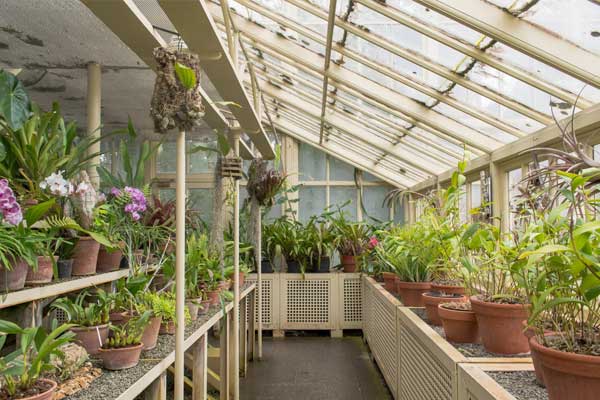
How Much Space Do I Need?
The space you need for planting depends on the type and quantity of plants you wish to grow. Consider the mature size of each plant and the recommended spacing between them. Leafy greens, for instance, can be planted more closely together, while vining plants like peas may need ample space or vertical support.
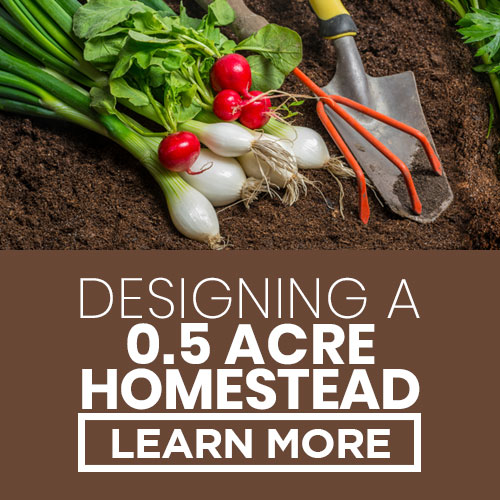 If you plan on starting a small garden with a few rows of seeds (adhering to seed spacing guides usually right on the packet), then not much space is needed. For small plots like this, I like to use my garden beds.
If you plan on starting a small garden with a few rows of seeds (adhering to seed spacing guides usually right on the packet), then not much space is needed. For small plots like this, I like to use my garden beds.
However, if you are beginning or fortifying a productive homestead, then I recommend digging deeper into plant spacing and garden planning. A 50-acre homestead can produce a significant harvest and thus requires much more preparation and planning than a 0.1 acre homestead.
After learning what I can plant in March, I’ve come to appreciate the unpredictability that makes this month both a challenge to my gardening skills and a reward with a continuous supply of fresh vegetables.
The shifting seasons bring rapid changes. As I navigate this finicky yet exciting planting time on my homestead, I’ve learned to adapt and make the most of the fluctuations. Sure I’ve taken some losses, but I’ve worked to minimize those with patience, dedication and experience.
Ultimately, if you’re diving into your own March planting journey, embrace the unpredictability, monitor your local climate, and enjoy the evolving tapestry of your garden.
Your Turn!
- What are your favorite vegetables to plant in March?
- What do you find most difficult about planting in March?


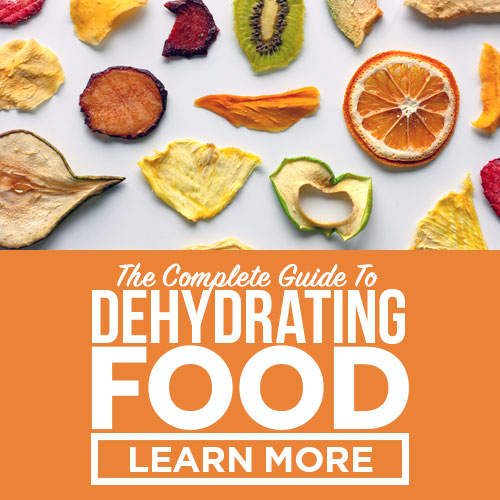

Leave a Reply